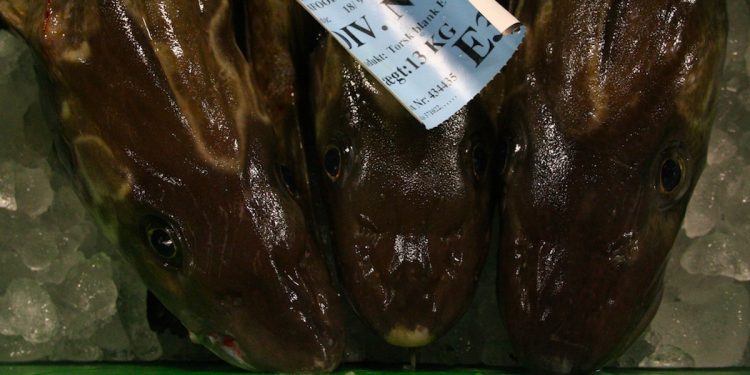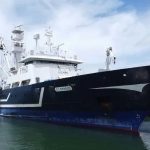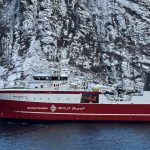Delegations from Norway and the EU are meeting this week in Brussels, hoping to reach a breakthrough on an agreement on 2020 North Sea cod allocations, having already failed to secure a common position at meetings in Bergen and London.
The NFFO, representing English fishermen, predicts several possible outcomes, one of which is that the EU would depart from its rigid demand for a 61% reduction in the cod TAC, and the consequences that this would have for fishing businesses, particularly in the UK and Denmark which get the largest shares of EU cod quotas.
Another possibility would be for Norway to give way to the EU approach, which would be a significant departure from its position of a 34% reduction in the TAC, while a compromise position between the two would result in a TAC set somewhere between the two, undoubtedly along with a raft of additional measures designed to protect the cod stock.
A fourth option, according to the NFFO, would be for a breakdown in negotiations between Norway and the EU, possibly leading to further negotiations in early 2020.
‘It is unthinkable that there would be no EU/Norway agreement for 2020, or that the parties would set autonomous TACs for cod in 2020,’ a spokesman for the NFFO said.
‘That would be to break with 40 years of co-operation during which there have been many ups and downs but always, in the end, an agreement.’
The NFFO points out that an extremely low TAC will not of itself deliver cod recovery, and a very low quota will bankrupt fishing businesses because of the choke problem.
‘This will drive the problem underground as some vessels try to maintain their economic viability. Recovery will be impeded, not advanced. Rebuilding the cod stock is going to take some time – five years perhaps – and a more realistic approach would be to apply a significant but not draconian TAC reduction, and work with the fishing industry on a package of supporting measures such as closed and restricted areas were concentrations of cod are located,’ the NFFO states.
‘The EU Commission, by contrast argues, that it is legally bound by its own rules to apply the scientific advice that a 61% reduction is required to (theoretically) rebuild the cod stock in one year. Throughout the negotiations the EU has been inflexible on the 61% figure and has argued that a package of supporting measures should be applied on top of this level of TAC reduction.’
The problem of cod appears to be rooted in both environmental and management factors, with fishing effort having underestimated and biomass overestimated for some years.
At the same time, cod are moving northwards at a rate if 12km annually, and UK waters are already at the southernmost extremity of cod distribution – while this is also a problem not confined to the North Sea, as Celtic Sea, Irish Sea, West of Scotland and Baltic cod all face the same problems.
‘Changes to the Common Fisheries Policy in 2013, and in particular the EU landing obligation, seem to have undermined the arrangements which delivered steady recovery of the North Sea cod stock between 2020 and 2015,’ the NFFO’s spokesman commented.









